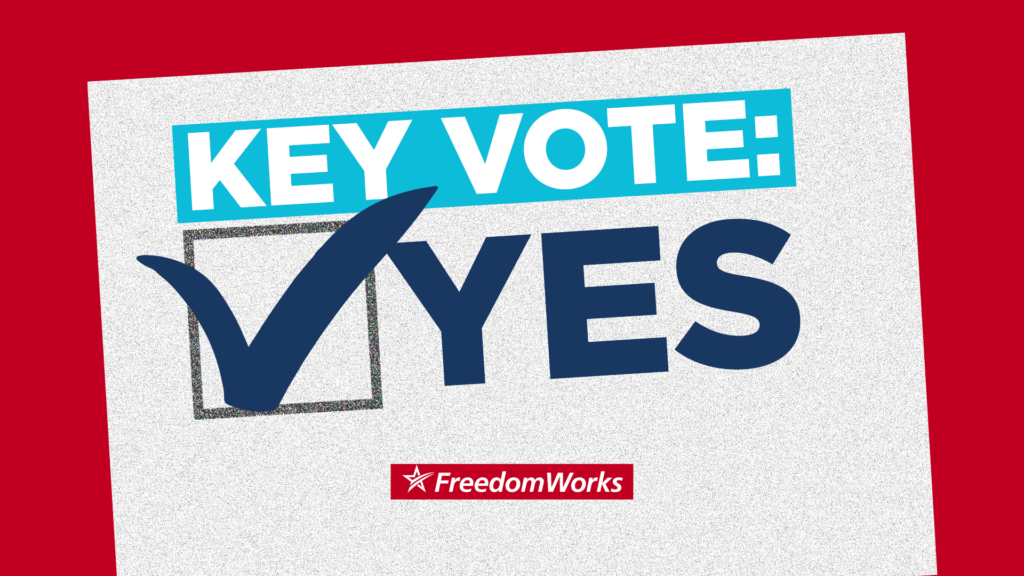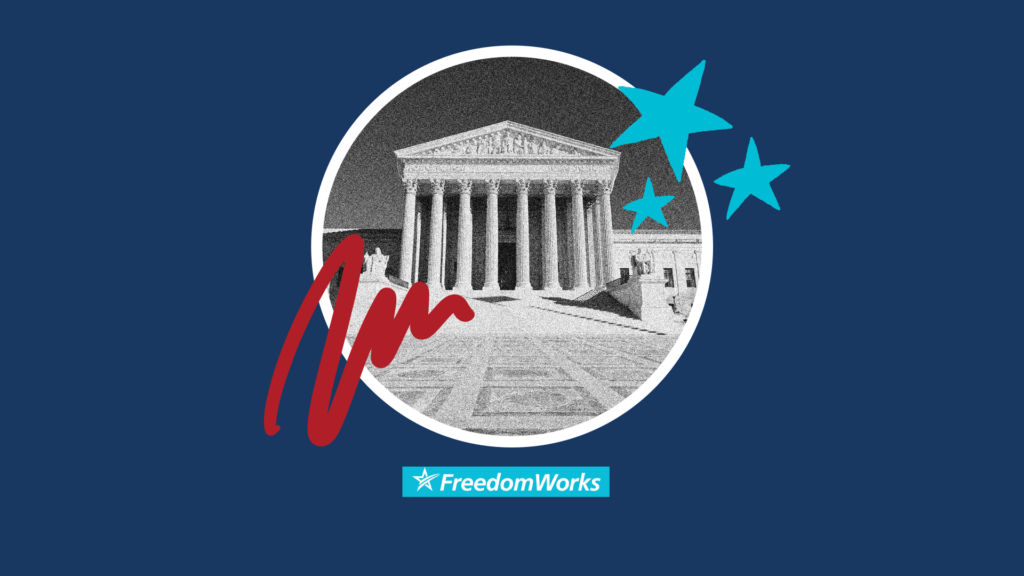The Supreme Court Decision On Obamacare: What Happened, and Where Do We Go From Here? Part 2
In Part 1 of this series, we discussed the flaws in the decision by Chief Justice Roberts to uphold the Patient Protection and Affordable Care Act (PPACA (Obamacare)).
In this post, we will examine the devastating effects of this new law.
How The Statute Will Destroy America
So, for now at least, Obamacare is the law of the land. Here’s what the burden will be, according to FreedomWorks:
159 new bureaucracies
47 new agencies, boards, and commissions
68 new grant programs
12,000 pages of already-issued regulations, and
16,500 new IRS agents, who are needed just to enforce
20 new taxesThe 2,801-page PPACA threatens to cost taxpayers at least $1.4 trillion over 10 years and mandates the purchase of private health care for all Americans, which will create an onslaught of economic and legal consequences that kill jobs, drive up the cost of health care for families, and make the powers of the federal government essentially limitless.
This is a very slippery slope
o By Chief Justice Robert’s logic, if Congress decides to mandate that we all brush our teeth twice a day — so long as they enforce it via a “tax penalty” — they can send IRS inspectors into our homes to make sure we’re brushing our teeth.
It’s damaging to the economy: The 2,801-page “Patient Protection and Affordable Care Act” threatens to cost taxpayers at least $1.4 trillion over 10 years and mandates the purchase of private health care for all Americans, which will create an onslaught of economic and legal consequences that kill jobs, drive up the cost of health care for families, and make the powers of the federal government essentially limitless.
Not exactly how our Founding Fathers envisioned this great nation.
Oh, and about this being the biggest tax increase in history – this has been confirmed:
According to CBO and the Joint Committee on Taxation (JCT), 75 percent of the mandate penalty (now confirmed as a tax) falls on Americans earning less than $120,000 a year (500% of poverty).
In case your liberal friends want to challenge you and say that this isn’t a massive tax hike on the middle class, here’s a handy dandy guide of JUST the seven taxes on those making less than $250,000, from our friends at Breitbart.com – excluding, of course, the other 13 taxes in the statute:
The first, and best known, of these seven taxes that will hit all Americans as a result of Obamacare is the Individual Mandate Tax (no longer concealed as a penalty). This provision will require a couple to pay the higher of a base tax of $1,360 per year, or 2.5% of adjusted growth income starting with lower base tax and rising to this level by 2016. Individuals will see a base tax of $695 and families a base tax of $2,085 per year by 2016.
Next up is the Medicine Cabinet Tax that took effect in 2011. This tax prohibits reimbursement of expenses for over-the-counter medicine, with the lone exception of insulin, from an employee’s pre-tax dollar funded Health Saving Account (HSA), Flexible Spending Account (FSA) or Health Reimbursement Account (HRA). This provision hurts middle class earners particularly hard since they earn enough to actually pay federal taxes, but not enough to make this restriction negligible.
The Flexible Spending Account (FSA) Cap, which will begin in 2013, is perhaps the most hurtful provision to the middle class. This part of the law imposes a cap of $2,500 per year (which is now unlimited) on the amount of pre-tax dollars that could be deposited into these accounts. Why is this particularly hurtful to the middle class? It is because funds in these accounts may be used to pay for special needs education for special needs children in the United States. Tuition rates for this type of special education can easily exceed $14,000 per year and the use of pre-tax dollars has helped many middle income families.
Another direct hit to the middle class is the Medical Itemized Deduction Hurdle which is currently 7.5% of adjusted gross income. This is the hurdle that must be met before medical expenses over that hurdle can be taken as a deduction on federal income taxes. Obamacare raises this hurdle to 10% of adjusted gross income beginning in 2013. Consider the middle class family with $80,000 of adjusted gross income and $8,000 of medical expenses. Currently, that family can get some relief from being able to take a $2,000 deduction (7.5% X $80,000 = $6,000; $8,000 –$6,000 = $2,000). An increase to 10% would eliminate the deduction in this example and if that family was paying a 25% federal tax rate, the real cost of that lost deduction would be $500.
The fifth new tax on the middle class, and all Americans, is the Health Savings Account (HSA) Withdrawal Tax Hike. This provision increases the additional tax on non-medical early withdrawals from an HSA from 10% currently to 20% beginning in 2013. This provision actually sets these accounts apart from Investment Retirement Accounts (IRAs) and other tax advantaged accounts, all of which remain with a 10% early withdrawal tax.
Another regressive tax that is part of this law began in 2010 and that is the Indoor Tanning Services Tax, which places a 10% excise tax on people using tanning salons. While some may regard this as insignificant, the broader implication is that this act of taxation is a blatant move by the federal government to control the behavior of citizens. This provision, as does the Individual Mandate and as Justice Kennedy said during the oral arguments on the constitutionality of the law said, “….fundamentally changes the relationship between the federal government and the citizen.”
The seventh new tax that directly impacts the middle class, along with all citizens, is the Excise Tax on Comprehensive Health Insurance Plans or the “Cadillac” Health Insurance Plan Tax. These are plans that provide extensive coverage and that are generally fully paid for, or largely paid for, by employers. This provision imposes a 40% excise tax on the employer-paid premium on taxpayers who are covered by such plans, beginning in 2018. The reason it begins in 2018 is because most unionized workers are covered by plans that fall under this definition and a deferral was made to spare union members from this tax for at least a period of time.
Perhaps the most devastating effect of this ruling is how it will dictate future interpretation of the US Constitution. Essentially, the Court has held that the Commerce Clause cannot be used to justify any act the Congress wishes to pass, and has in many ways been made irrelevant … but it CAN do so as long as it calls the act a tax. The Supreme Court exists to rule on laws that are presented to them for review – NOT to write them. Trusting future legislatures to have the wisdom to pass wiser, better thought out laws is folly. After all, if they can’t write a good law now, do we expect to evolve greater wisdom in future representatives? History is not kind to those who hold those expectations.
In Part 3, we will talk about where the Tea Party goes from here.




